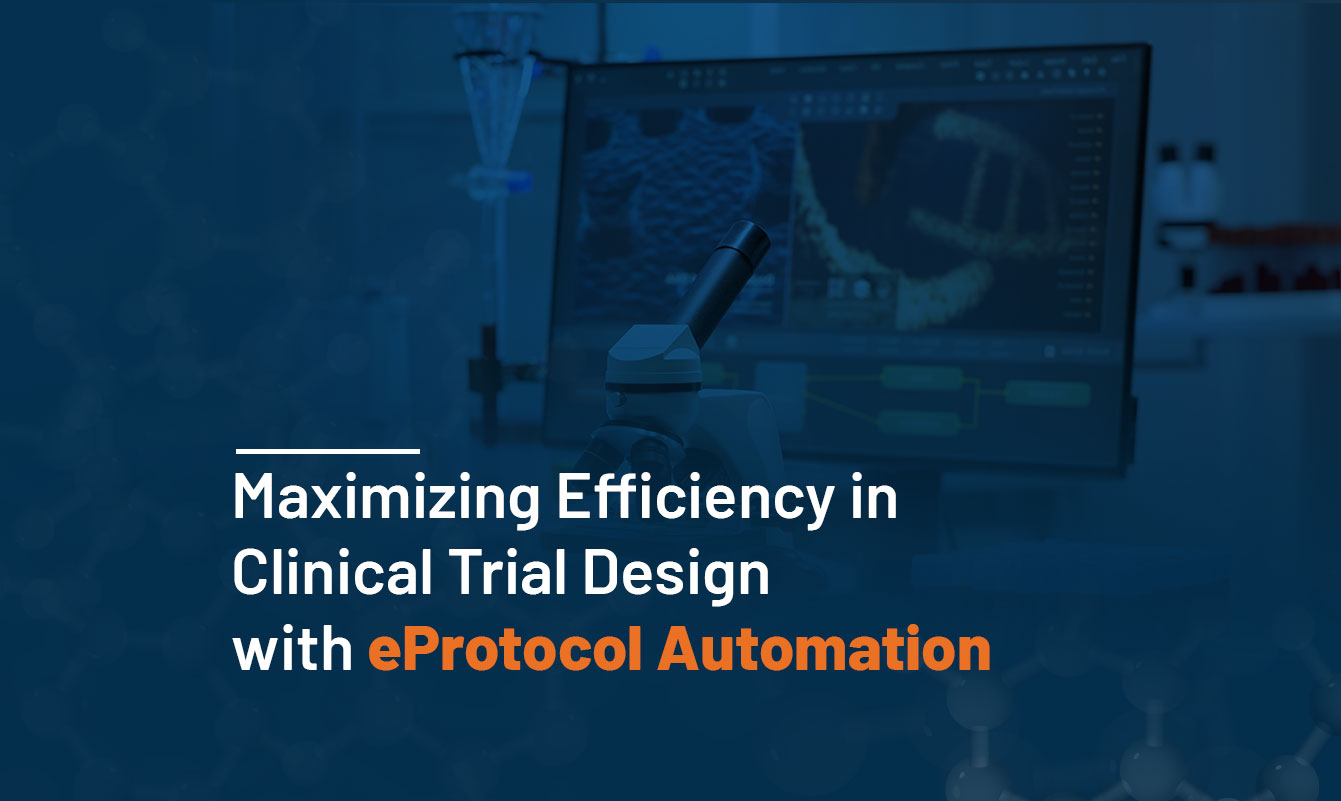
Recent
Clinion Earns Top Honors in the Fall 2023 G2 Ratings

Vijay Bhaskar Reddy Velagala / Oct 03 2023
Clinical trials are critical for bringing new treatments and therapies to market, but they are also time-consuming, expensive, and complex. Protocol development is a crucial component of the clinical trial process, but it can be a bottleneck that delays study start times. In recent years, eProtocol automation has emerged as a powerful tool for streamlining the protocol creation process, reducing errors, and improving efficiency.
Key Features of eProtocol Automation
- Standardized Protocol Templates: eProtocol tools offer a library of standardized protocol templates that can be customized to fit the specific needs of each study. These templates help in ensuring consistency and accuracy across trials, which can improve data quality and make it easier to compare results across different studies.
- Efficient Workflows: eProtocol tools provide automated workflows that guide users through the protocol creation process and help to minimize errors. Some eProtocol tools offer drag-and-drop interfaces that make it easy to add or remove study elements and ensure that all necessary information is included.
- Integration with Downstream Systems: eProtocol tools can export standardized CDISC-aligned protocol data in a machine-readable format, making it easy to integrate with downstream systems such as EDC, MDR, and SCE. This integration can reduce the time and resources required for data management and analysis, further improving efficiency.
Benefits of eProtocol Automation
- Standardized Protocol Templates: eProtocol tools offer a library of standardized protocol templates that can be customized to fit the specific needs of each study. These templates help in ensuring consistency and accuracy across trials, which can improve data quality and make it easier to compare results across different studies.
- Efficient Workflows: eProtocol tools provide automated workflows that guide users through the protocol creation process and help to minimize errors. Some eProtocol tools offer drag-and-drop interfaces that make it easy to add or remove study elements and ensure that all necessary information is included.
- Integration with Downstream Systems: eProtocol tools can export standardized CDISC-aligned protocol data in a machine-readable format, making it easy to integrate with downstream systems such as EDC, MDR, and SCE. This integration can reduce the time and resources required for data management and analysis, further improving efficiency.
Conclusion:
eProtocol automation is a powerful tool for clinical research organizations looking to improve protocol standardization, reduce errors, and increase efficiency. By automating the protocol creation process, eProtocol tools can significantly reduce study start times, improve data quality, and accelerate the development of new treatments and therapies. Additionally, by digitizing eligibility criteria, eProtocol tools can help improve patient recruitment, further enhancing study efficiency. Clinical research organizations that embrace eProtocol automation can gain a competitive advantage by reducing study time, improving study quality and reducing costs.
Accelerate your study start and reduce
delays in protocol development
Tagged BOTTOM

